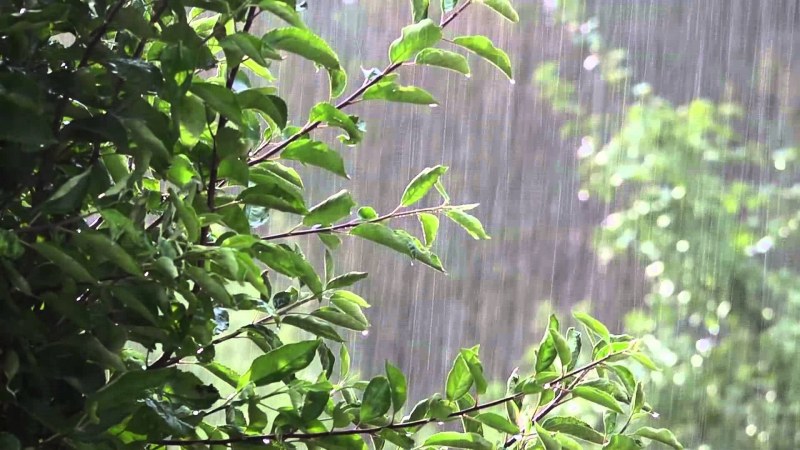Planting additional trees to combat climate change across Europe could also increase rainfall, research shows. A new study has found that converting agricultural land into forest will increase average summer rains by 7.6%.
The authors believe that additional rain may partially offset the increase in dry conditions expected with climate change. The findings for increasing precipitation are based in part on observations of existing models.
But the main reasons are less clear – they are probably related to the way forests interact with cloudy air.
Tree planting has become a major part of many countries’ efforts to tackle climate change around the world. A number of studies have looked at the range of impacts, both positive and negative, that the planting boom is likely to bring. This new document examines the impact of the conversion of agricultural land across Europe into sustainable forests.
The authors use a statistical model based on observation to assess how changes in forest cover would affect rainfall across the continent. Researchers have found that if there is a 20% increase in forests, evenly across Europe, it will increase local rainfall, especially in winter and with a greater impact in coastal regions.
But like local rains, planting new forests also affects the wind. Scientists have found that rainfall in these places has increased, especially during the summer months. Taking the two impacts together, in what the team describes as a realistic reforestation scenario, they found that overall rainfall increased by 7.6% over the summer.
This is a very important finding, according to lead author Ronnie Meyer of ETH Zurich. This also has implications for climate change.
“Probably the most threatening signal of climate change that we expect in terms of rainfall is the reduction in summer rainfall that is expected in the southern parts of Europe, such as the Mediterranean. According to our study, afforestation is likely to be very useful in terms of adapting to the adverse effects of climate change, “he told BBC News.
But the authors also point out that increased rainfall could have a potential negative impact, especially in the Atlantic region. The authors say the reasons for these local and remote effects on rainfall are uncertain and point out that rain-producing clouds tend to linger longer over forested areas.
“Planting trees is certainly not a quick fix for climate change. The addition of new trees or the restoration of lost forests can never compensate for greenhouse gas emissions from the burning of fossil fuels. First of all, we need to stop generating these emissions, “said Professor Wim Thierry of the Free University of Brussels, Belgium, who was not involved in the new study.
“But reducing our emissions will not be enough: we will also have to actively remove carbon from the atmosphere if we want to stay below 1.5 ° C for warming. “From this point of view, planting trees is emerging as a potential candidate for generating these negative emissions, but planting trees should never be an excuse not to take any action to reduce our carbon emissions,” he concluded.









